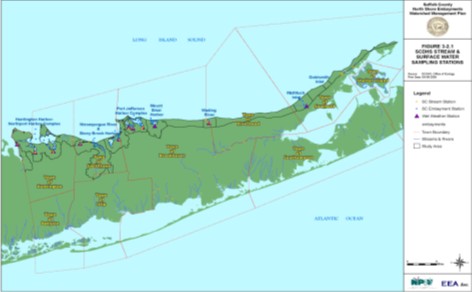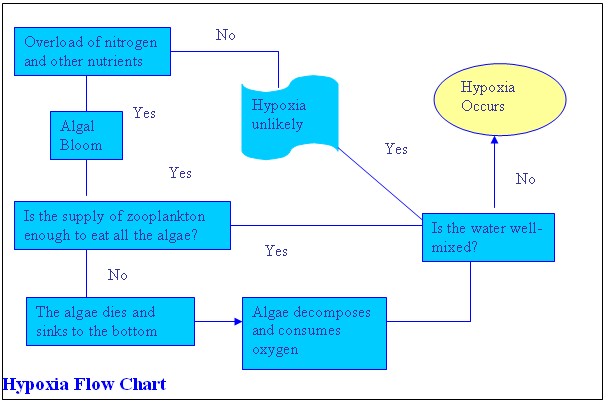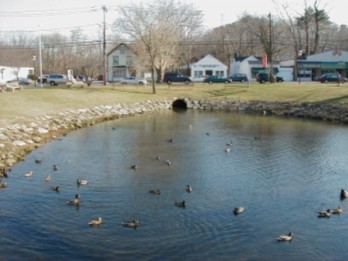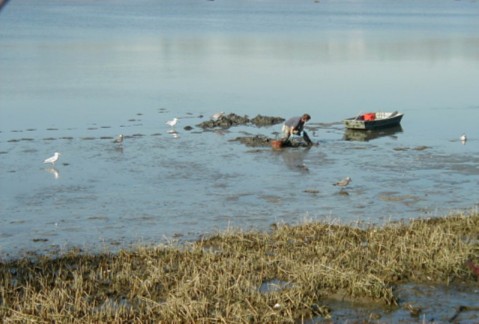 |

(printer friendly version
uses Acrobat Reader) |
||||||||||||
|
of EEA's Environmental Consulting Activities Late Spring 2006
e-mail addresses:
For information or quotes, Phase I ESAs
|
|||||||||||||
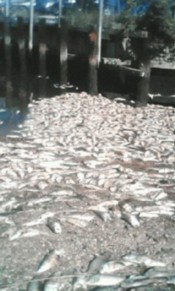 |
|
Bunker die-off, September 2005. |
|
Long Island Sound
Study Many scientists on Long Island are already familiar with the acronym LISS, or the Long Island Sound Study. The LISS commenced in 1985, spearheaded by the U.S. EPA funded LISS offices in New York State and Connecticut. This cooperative effort included federal and state agencies, researchers, user groups, concerned organizations, and individuals dedicated to restoring and protecting the Long Island Sound. In 1994, the LISS team released a Comprehensive Conservation and Management Plan, which identified the key environmental problems in the sound. They outlined seven key issues for their agenda: 1) low dissolved oxygen (hypoxia), (2) toxic contamination, (3) pathogen contamination, (4) floatable debris, (5) living resources and habitat management, (6) land use and development, and (7) public involvement and education. More detail on their mission can be found at http://www.longislandsoundstudy.net. North Shore Embayments Watershed Management Plan Driven by the goals of the LISS, the Suffolk County Department of Health Services (SCDHS) developed a needs statement for the North Shore Embayments Watershed Management Plan (“the plan”) to focus on improving water quality in specific sub-watersheds within Suffolk County. These watersheds included Huntington Bay-Northport Harbor complex, Nissequogue River, Stony Brook, Port Jefferson and Mount Sinai Harbors. In addition, Wading River, Mattituck Creek and Goldsmith’s Inlet sub-watersheds were examined on a lesser scale.
The Suffolk County North Shore Embayments planning team included two consultants: Nelson, Pope & Voorhis, a Long-Island based firm with expertise in civil engineering, environmental consulting and surveying (http://www.nelsonpope.com/index.html) and EEA, Inc. (http://www.eeaconsultants.com/). County agencies include Suffolk County Department of Health Services, Suffolk County Department of Public Works (SCDPW), Suffolk County Department of Planning (SCDP) and Suffolk County Soil and Water Conservation District (SCSWCD). State agencies include NYS Department of Environmental Conservation (NYSDEC), NYS Office of Parks, Recreation and Historic Preservation (NYSOPRHP) and NYS Department of State. The U.S. EPA Long Island Sound offices also play an integral role on the planning team. In addition, with over one dozen local agencies, educational institutions, and interest groups as part of the planning team, this can be considered one big think tank! At present, the management plan is in draft form and under agency-wide review. When the plan is finalized, EEA will provide details in future articles. Below we provide an overview of the goals of the management plan and major aspects under study.
Each sub-watershed must be characterized first. This entailed an evaluation of:
|
